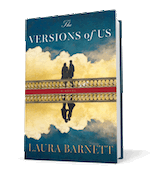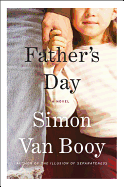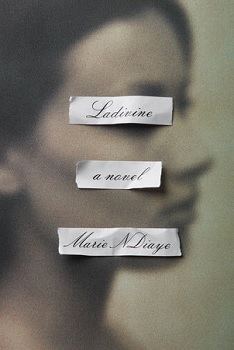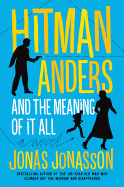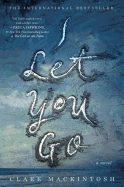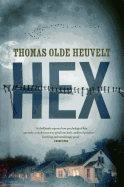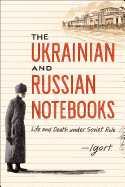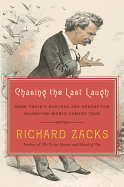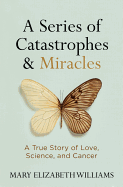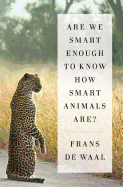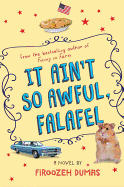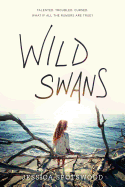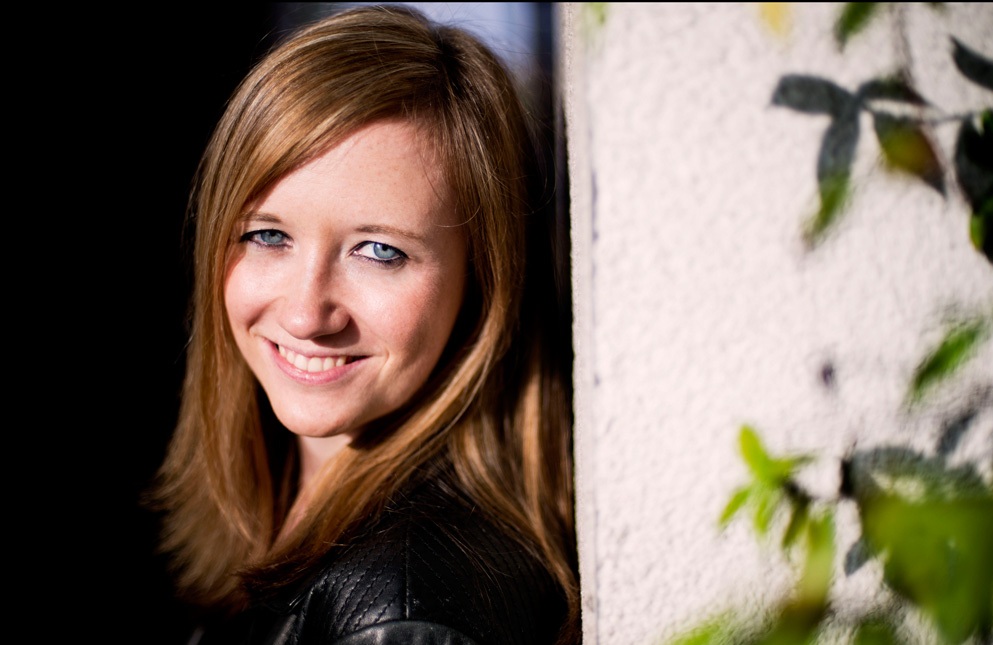 |
| photo: Sara Lee |
Laura Barnett is a writer, journalist and theater critic. She has been on staff at the Guardian and the Daily Telegraph, and is now a freelance arts journalist and features writer for the Observer, the Guardian and Time Out London, as well as several other national newspapers and magazines. The Versions of Us is her first novel. She lives in London.
What inspired this work? Did you always intend to write it as three different versions?
I woke up with the idea that would become The Versions of Us one morning in spring 2013. I'd been writing fiction seriously for about 10 years, but I didn't feel I'd quite hit on the right idea yet. That morning, there it was: the story of one couple's relationship, told from beginning to end, in three different versions. Now, looking back, I can see that my inspiration came in part from having got married six months before, and thinking about how easily I might never have met my husband, and how differently both our lives would have turned out in that case.
And yes, the intention to write three versions was there from the start. Two versions, I felt, wouldn't explore the concept fully enough, and I suspected that writing four or five versions would prove too confusing for the reader--and for me.
Are the chapters intended to be read only in publication order? Or could they be read differently?
It's funny--I wrote the book exactly as it is published, plaiting the three versions together, from the very first draft. During the editing process, I worked on many aspects of the novel, of course, but the structure never changed. So it didn't occur to me that readers might read the novel differently. Since the U.K. publication, however, quite a few people have told me that they've read it in the way you describe--reading the whole of version 1, then 2, then 3, or sometimes in a completely different order altogether! If that's how someone chooses to read it, then of course that's fine with me--but I do believe that the fullest, richest reading experience comes from experiencing the three versions interwoven, in the way they were written.
How did you keep the separate timelines on similar tracks?
Before embarking on the first draft, I sat down and sketched out three paragraphs exploring the plotline for each version, and thinking about how I would make each of them distinct from the other, without taking the characters down completely different paths. I was clear about the fact that I didn't want the three versions to be outlandishly different, but to explore the many small ways in which our decisions, and our circumstances, propel us down one path rather than another.
I referred back to these skeleton plans quite a bit as I was writing, but I also departed from them a lot. In life, I love planning (I can't get enough of to-do lists!), but in writing, I like to keep my options open. It always seems to me that if I know exactly what's going to happen next, the reader will, too.
Do you think certain people will be drawn together in life no matter the circumstances?
That is certainly the question I asked myself in writing the novel. I don't believe in predestination--I find the thought of some unseen hand, moving us around like pawns on a chessboard, incredibly depressing. But I don't believe our lives are totally random, either. So, yes, I'd like to think that the person with whom we have chosen to spend our lives is someone we would have been drawn to, no matter the circumstances. But it's the potential impact of those changing circumstances--career, family, illness, financial problems, old age--that I was most interested in exploring in the novel. Could a love that might have blossomed in our 20s also flourish when we are in our 70s, with all that life experience behind us--and vice versa?
Versions draws immediate comparisons to Sliding Doors but in execution, it emphasizes the messy reality of life more heavily.
That was my intention from the start. Of course, as soon as I had the idea of writing three versions of the same relationship, I thought of Sliding Doors,too--I loved the film when it first came out in the '90s, and I guess perhaps that fascination with seeing different versions of the same lives unfold concurrently had stayed with me. But, as you say, Sliding Doors is more classically romantic. As a writer, I am far more interested in less idealized forms of love--love and relationships as they are actually lived, day to day, with all the triumphs and failures and disappointments of everyday life.
Having already been through the U.K. book release, how do you feel about the U.S. launch?
I suppose I feel a little less terrified than I might have had the book come out in both countries simultaneously--knowing that the novel has been a bestseller in the U.K., and having had so many really lovely reactions from both critics and readers, gives me hope that American readers might take it to their hearts, too!
But there is a particular excitement about seeing my book hit the U.S. market. America is a country that absolutely fascinates me; my husband has family in Maryland, so we travel over as often as we can, and we are gradually taking road trips around the country. We drove around New England on our honeymoon, and from Washington to New Orleans two years ago; next, we plan to drive the Pacific Highway. It's just the most beautiful, wide-skied, culturally diverse nation. These days, much of the fiction I read is American, so to see my novel in U.S. bookshops will be just the most exciting thing.
Will your next project be as great in scope as Versions?
Well, I hope so. The novel is certainly just as experimental in structure. It's called Greatest Hits, and it's about a musician--a British singer-songwriter, in her 60s, who retired from music 10 years ago, for reasons she has never divulged to her fans. It's set over one day in spring 2015, when my character is in her home studio, listening to her back catalogue to choose songs for a greatest hits album. Each song she plays becomes a chapter about how and when that song was written. It's the story of her life, basically, told through her art; it's about creativity, and where art comes from, and the difficulties of sustaining a life as an artist, and as a wife, mother, daughter. And it's also about the power of music itself--about how powerfully a song can convey an experience, a moment, a feeling, before it slips off into the past, and is lost. --Jaclyn Fulwood
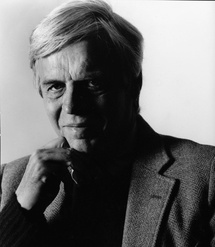
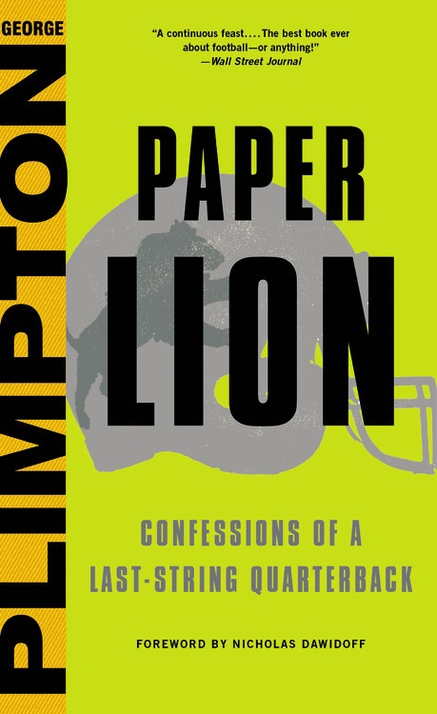 Paper Lion was my introduction to Plimpton's an-amateur-takes-the-field oeuvre. I first read it in 1967 and, as a decent high school athlete and good student, found a personal connection. It was deceptively easy to imagine I could do what he'd done--step gingerly into a professional sport and not embarrass myself... too much. His take was unique, smart and revelatory. I somehow recognized and appreciated the way he nimbly mixed his personal humiliations, and occasional minor victories, with incisive portraits of athletes who were strong yet vulnerable, gifted yet flawed.
Paper Lion was my introduction to Plimpton's an-amateur-takes-the-field oeuvre. I first read it in 1967 and, as a decent high school athlete and good student, found a personal connection. It was deceptively easy to imagine I could do what he'd done--step gingerly into a professional sport and not embarrass myself... too much. His take was unique, smart and revelatory. I somehow recognized and appreciated the way he nimbly mixed his personal humiliations, and occasional minor victories, with incisive portraits of athletes who were strong yet vulnerable, gifted yet flawed.


